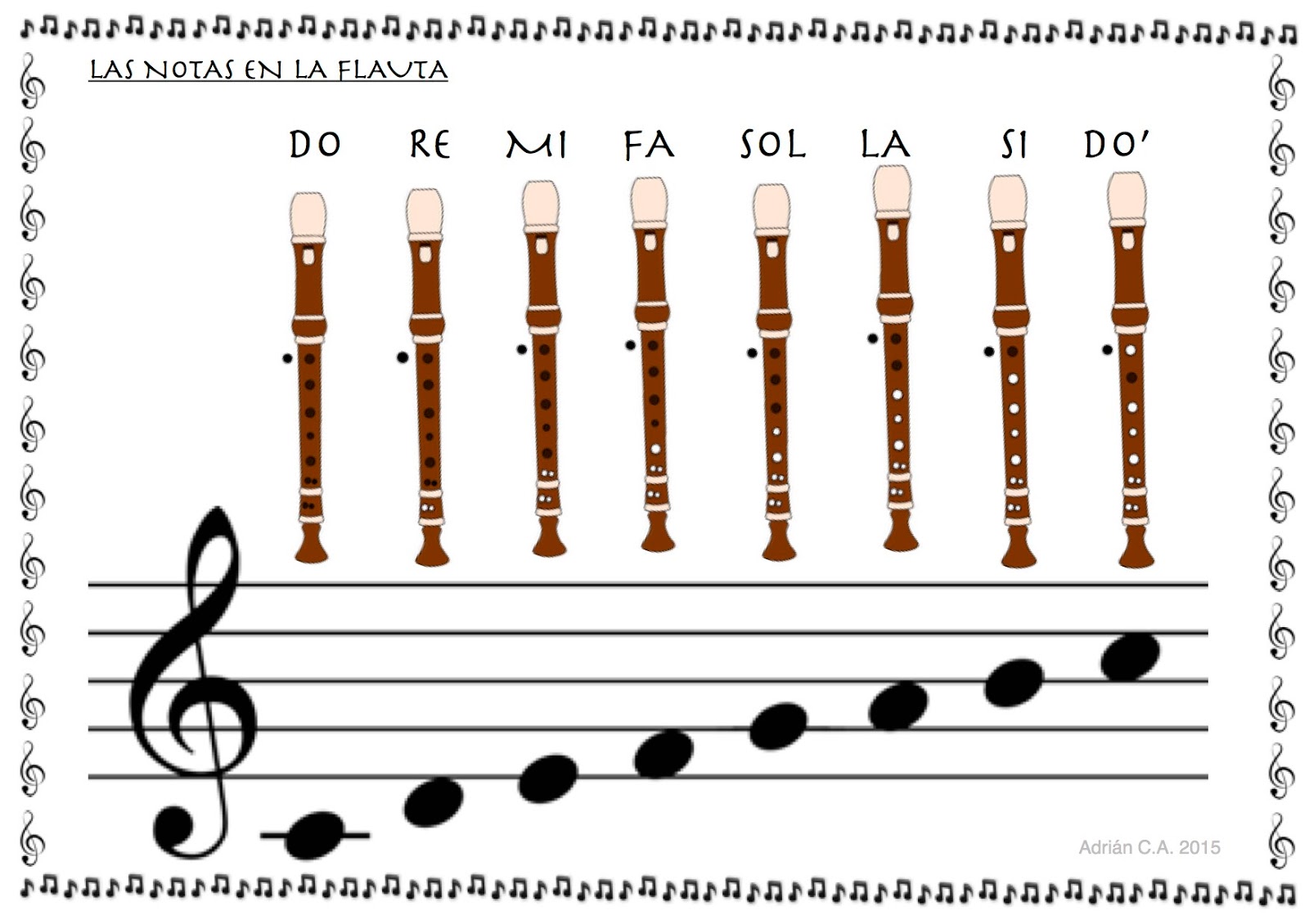Unlocking the Melody: Understanding Musical Notes
Have you ever listened to a captivating melody and wondered, "How do these sounds come together so harmoniously?" The answer lies in the fascinating world of musical notes, the building blocks of musical composition. Just like letters form words and sentences, musical notes are the fundamental elements that create the language of music.
Imagine a painter with a palette full of vibrant colors. Each color represents a different emotion, tone, and feeling. Similarly, in music, each note possesses a unique pitch and duration, contributing to the overall character of a musical piece. Understanding musical notes is like unlocking a secret code that reveals the magic behind the melodies we cherish.
From the soothing lullabies our parents sang to us as children to the heart-pumping anthems that ignite our spirits, musical notes have the extraordinary power to evoke a wide spectrum of emotions. They transcend cultural boundaries, connecting people through a universal language that speaks to the soul.
In this exploration, we'll embark on a journey to understand the essence of musical notes. We'll delve into their history, uncover their fundamental properties, and discover how they work together to create the tapestry of sound that we call music.
Whether you're a seasoned musician or a curious listener with a newfound interest in music theory, this article will provide valuable insights into the captivating world of musical notes and empower you to appreciate the intricacies of melody and harmony.
Throughout history, various systems have been developed to represent and organize musical notes. One widely used system is Western music notation, which employs a staff of five lines and four spaces to visually depict the pitch of notes. Each line and space corresponds to a specific note, creating a visual map for musicians to read and interpret melodies.
The seven basic notes in Western music are often represented by the letters A, B, C, D, E, F, and G. These notes repeat in a cyclical pattern known as an octave, with each octave higher or lower than the previous one. To indicate the duration of a note, different symbols are used, such as whole notes, half notes, quarter notes, and so on. These symbols determine how long a note should be held, shaping the rhythm and flow of the music.
Understanding the characteristics of individual notes and how they interact within a musical scale is essential for comprehending the structure and organization of melodies and harmonies. A musical scale is a sequence of notes arranged in ascending or descending order, providing a framework for creating melodies and chords.
The most common type of scale in Western music is the diatonic scale, which consists of seven notes within an octave. The specific intervals between these notes determine the character of the scale, such as major or minor. Major scales often evoke feelings of happiness and brightness, while minor scales tend to create a sense of sadness or introspection.
By understanding the relationships between notes within a scale, musicians can create harmonies and chord progressions that evoke specific emotions and moods. A chord is a group of three or more notes played simultaneously, adding depth and richness to melodies. Chord progressions involve playing a sequence of chords, creating a harmonic framework that supports the melody.
The interplay between melody, harmony, and rhythm forms the foundation of musical composition. By manipulating these elements, composers can create an infinite variety of musical expressions, from simple folk songs to complex orchestral masterpieces.
Learning about musical notes and music theory unlocks a world of understanding and appreciation for the art form. It allows us to decipher the language of music, comprehend the emotions conveyed through melodies and harmonies, and marvel at the creativity and ingenuity of composers throughout history.
Embrace serenity with clary sage behr paint
Unlocking groveland police department records your comprehensive guide
Hand and arm tattoos for women a bold statement














